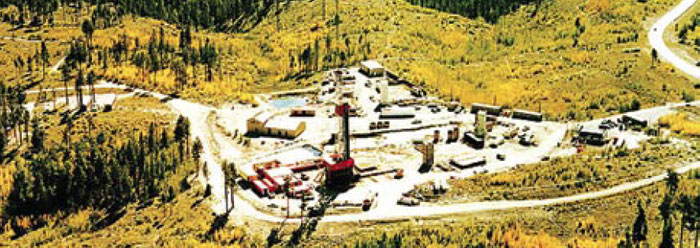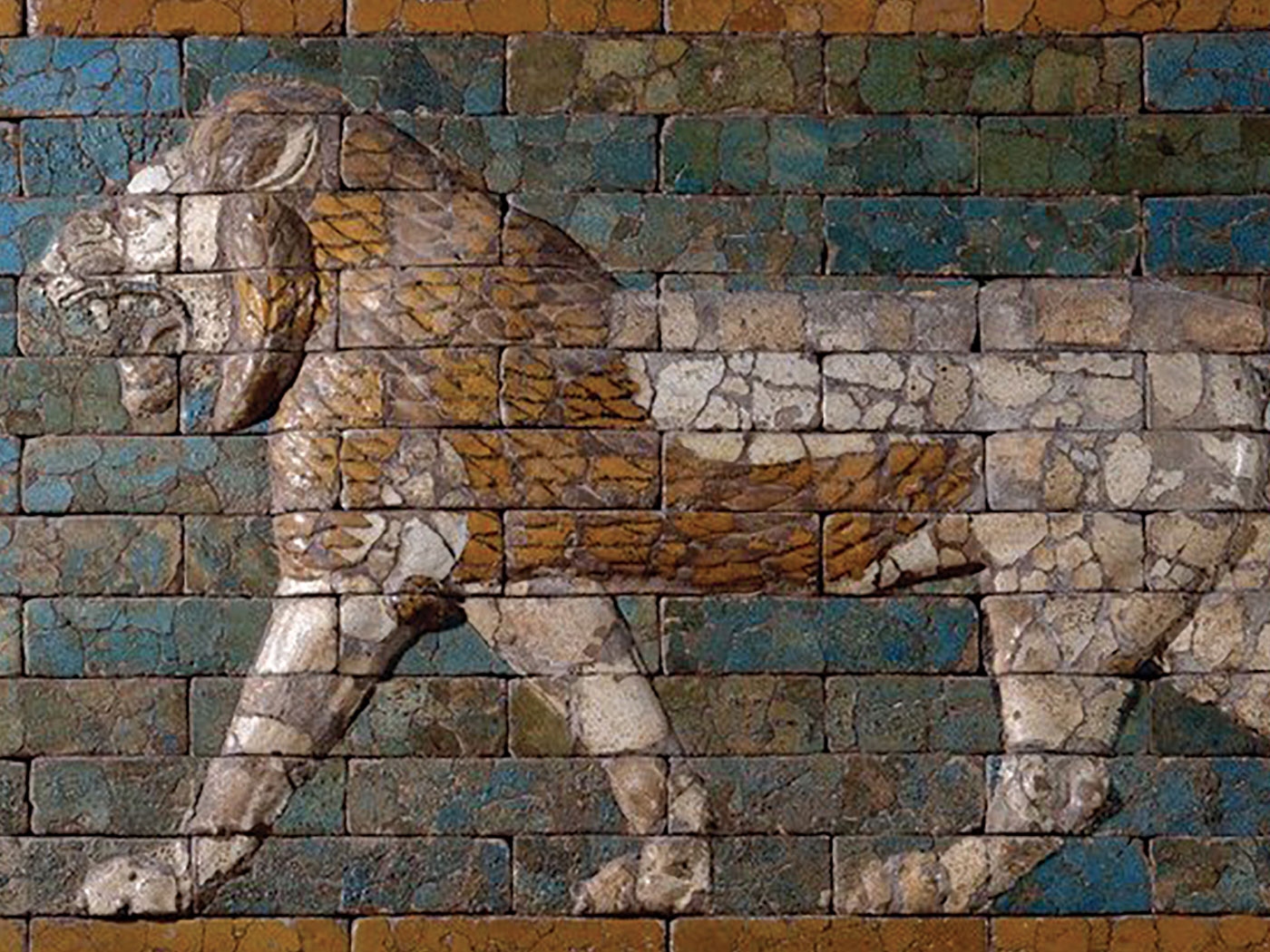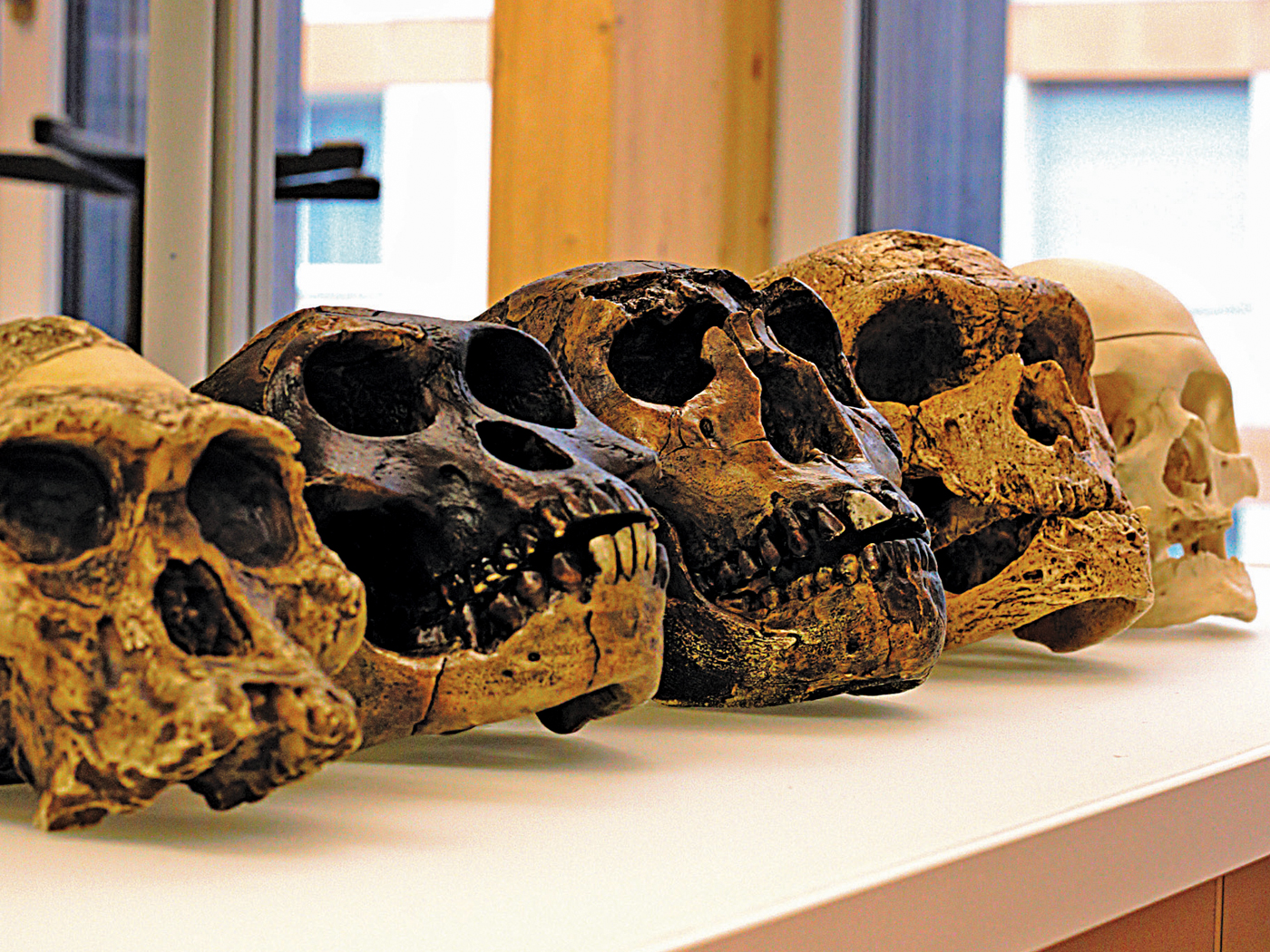For decades creation scientists have shown that the answer to this question is a clear NO! Its results have been shown to be inconsistent, discordant, unreliable, and frequently bizarre in any model. Creationists have, in particular, pointed out the weak assumptions on which the method is based, and the contradictory nature of its results. A research consortium has recently convened at ICR to go further and develop a workable understanding of the radioisotope decay data from a young-earth perspective. The old-earth model doesn't work, and a better model must replace it.
However, as we look forward to a better alternative, it would behoove us to look back and restate the powerful tried and true arguments relating to the erroneous assumptions and contradictory results.
Assumption One: The radioisotope decay rates have been constant throughout the past. We know that some elements decay over time into another element, i.e., uranium (parent) changes into lead (daughter). Since these decay rates are now very stable, this has seemed to be a reasonable assumption. However, there are several clues that past rates have changed, or that some other process dominated.
For example, the existence of short half-life polonium halos in rock have been used by many to argue for rapid formation (i.e., creation) of host rocks. Even evolutionists admit that the halos are a mystery. Yet nearby a full uranium halo might be found which would take a long period of time to form. These two 'mutually-exclusive' facts convince one that something has been overlooked.
Assumption Two: No parent or daughter material has been added to or taken from the specimen. We know of many ways in which the materials can be made mobile, most particularly through ground water leaching. But even when questionable specimens are rejected, many results are still unusable, and explained away by contamination.
Furthermore, since the dynamic Flood of Noah's day covered the entire globe, what rock could have escaped its effects?
Assumption Three: No daughter material was present at the start. Only rocks and minerals which formerly were in a hot molten condition (like lava) can be dated. But what if the original melt already had some radiogenic lead? The resulting rock would inherit a deceivingly "old" date. In recent years, the "isochron" method has been derived to differentiate between inherited material and true daughter material. Unfortunately, even this has now come into disfavor. Many "pseudo-isochrons" have now been published which yield bizarre, useless dates.
This assumption actually denies the possibility of creation, for God may have created an array of radioisotopes which, if analyzed with false assumptions, could be misinterpreted as age.
The method's unreliability is shown when rocks of known age are dated. For instance, the new lava dome at Mount St. Helens dates at 2.8 million years old! Such anomalous results are common.
While the method obviously doesn't work well, a better understanding of the method is still needed. To that end, pray for the new research group.
*Dr. John Morris is President of ICR.






















